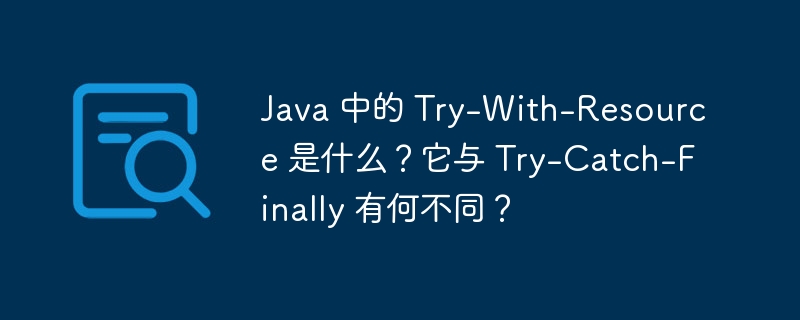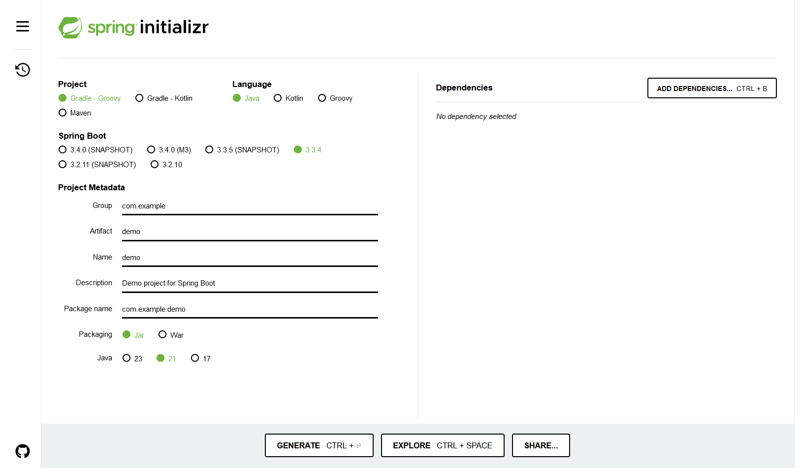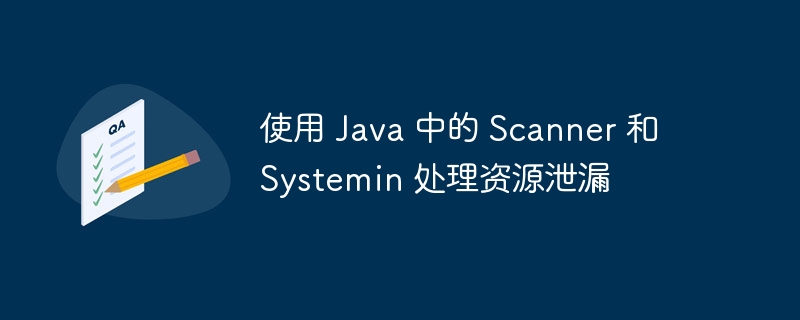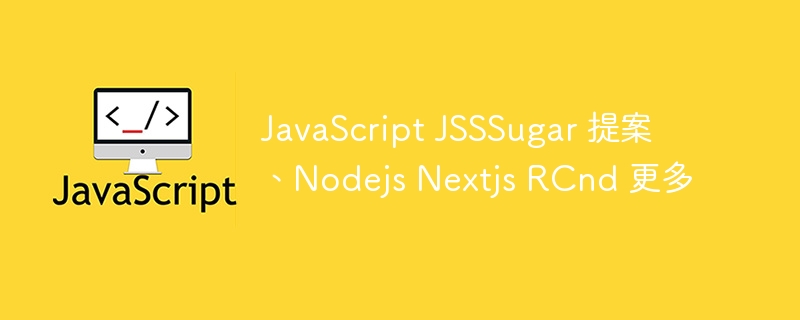
1. 理解try-catch-finally
try-catch-finally 块是处理异常和管理文件句柄、数据库连接等资源的传统方法。
1.1 try-catch-finally的结构
try-catch-finally 块由三部分组成:
- try 块 :可能抛出异常的代码放在这里。
- catch 块 :捕获并处理 try 块抛出的异常。
- finally block :无论是否抛出异常,始终执行,通常用于资源清理。
1.2 try-catch-finally 示例
filereader reader = null;
try {
reader = new filereader("example.txt");
// perform file operations
} catch (ioexception e) {
e.printstacktrace();
} finally {
try {
if (reader != null) {
reader.close();
}
} catch (ioexception ex) {
ex.printstacktrace();
}
}
1.3 try-catch-finally 的局限性
传统的 try-catch-finally 块需要手动处理资源清理,这可能会导致冗长的代码和潜在的错误,例如忘记关闭资源。
1.4 何时使用try-catch-finally
当您需要管理不可自动关闭的资源或需要与旧版 java 版本兼容时,请使用 try-catch-finally。
立即学习“Java免费学习笔记(深入)”;
2. 引入尝试资源
在 java 7 中引入,try-with-resource 语句通过自动关闭实现 autocloseable 接口的资源来简化资源管理。
2.1 资源尝试的工作原理
try-with-resource 语句确保每个资源在语句结束时关闭,从而减少样板代码和资源泄漏的风险。
2.2 资源尝试示例
try (filereader reader = new filereader("example.txt")) {
// perform file operations
} catch (ioexception e) {
e.printstacktrace();
}
2.3 try-with-resource 的优点
- 自动资源管理:自动关闭资源,使代码更干净,不易出错。
- 减少样板:不需要显式的finally块来关闭资源。
- 更好的可读性:简化代码,使其更易于维护和理解。
2.4 try-with-resource 和 try-catch-finally 之间的区别
- 资源管理 : try-with-resource 自动资源清理,而 try-catch-finally 需要手动清理
- 错误处理:两者都处理异常,但try-with-resource减少了由于错过清理而导致资源泄漏的机会。
- 代码可读性:try-with-resource 会产生更简洁和可读的代码。
3. 演示:使用资源进行尝试
让我们看一个演示,使用简单的文件读取操作来比较 try-catch-finally 和 try-with-resource。
3.1 演示代码:try-catch-finally
filereader reader = null;
try {
reader = new filereader("example.txt");
bufferedreader bufferedreader = new bufferedreader(reader);
system.out.println(bufferedreader.readline());
} catch (ioexception e) {
e.printstacktrace();
} finally {
try {
if (reader != null) {
reader.close();
}
} catch (ioexception ex) {
ex.printstacktrace();
}
}
3.2 演示代码:try-with-resource
try (FileReader reader = new FileReader("example.txt");
BufferedReader bufferedReader = new BufferedReader(reader)) {
System.out.println(bufferedReader.readLine());
} catch (IOException e) {
e.printStackTrace();
}
3.3 演示结果
- try-catch-finally :需要显式资源管理,如果处理不当,可能容易出错。
- try-with-resource:自动管理资源清理,从而产生更干净、更安全的代码。
4. 结论
总之,虽然 try-catch-finally 和 try-with-resource 都是 java 中异常处理和资源管理的重要工具,try-with- resources 提供了一种更加简化和防错的方法。它自动处理资源关闭,从而产生更干净且更易于维护的代码。当使用实现 autocloseable 接口的资源时,优先选择 try-with-resource 因为它的简单性和可靠性。
如果您有任何疑问或需要进一步说明,请随时在下面发表评论!
阅读更多帖子:什么是 java 中的 try-with-resource 以及它与 try-catch-finally 有何不同?
以上就是Java 中的 Try-With-Resource 是什么?它与 Try-Catch-Finally 有何不同?的详细内容,更多请关注php中文网其它相关文章!






